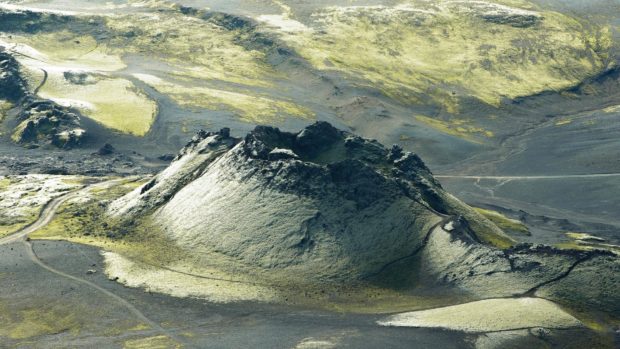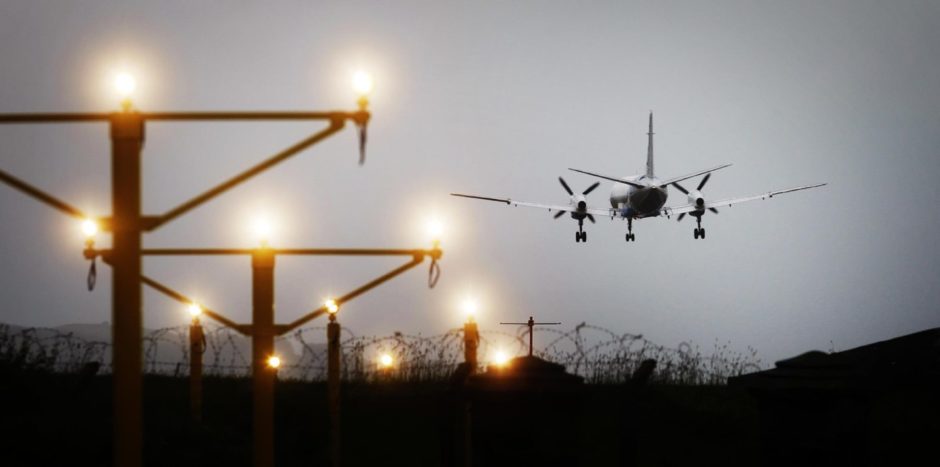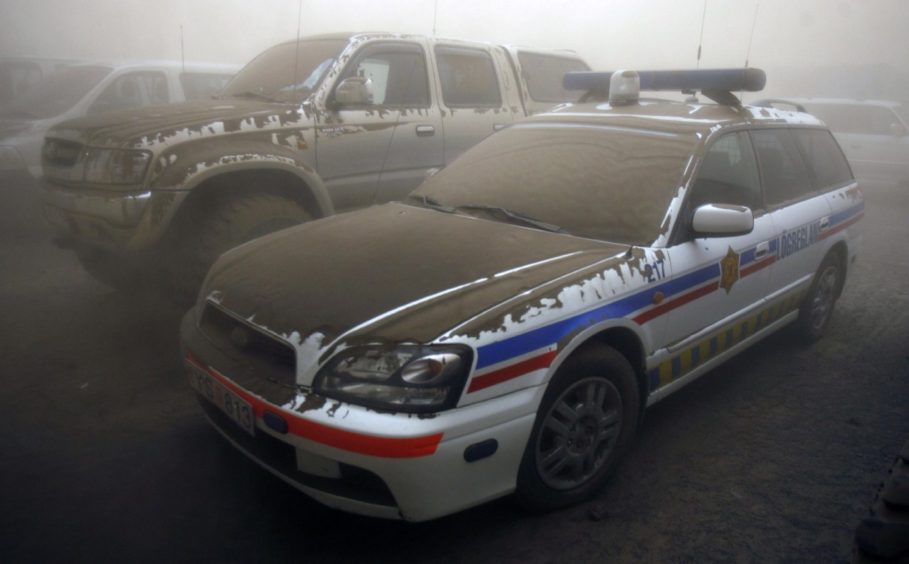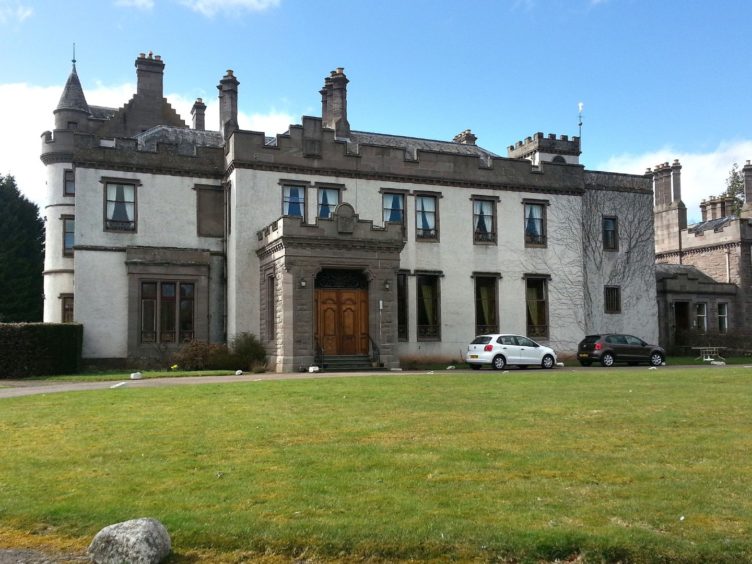Dundee University researchers have published the first study into the impact on Scotland of one of the most important climatic events of the last millennium.
In 1783, a series of volcanic eruptions on Iceland’s Laki fissure sent clouds of choking sulphurous fog across Europe.
The volcanic activity lasted nine months and lingering effects from deadly atmospheric pall would ultimately claim the lives of tens of thousands in northern and central Europe, who succumbed to respiratory failure and the extremely cold winter that followed.
Experts have previously attributed famines as far away as Japan and Egypt to Laki, with claims the volcanic fall-out were responsible for crop failures in Europe which contributed to the outbreak of the French Revolution.
The eruptions which began on June 8 1783 were 10 times the size of Iceland’s 2010 volcanic activity that triggered an aviation shutdown across Europe.
Laki has been implicated in over 20,000 excess deaths in England, but until now very little was known about its impact in Scotland.
Professor Alastair Dawson and Dr Martin Kirkbride, from Dundee University’s Geography and Environmental Sciences department, have addressed this gap by studying climate and air quality in Scotland in the years following the eruption.
They have dug into contemporary instrumental records and diaries which provide rare witness records of what happened in Scotland around that time.
The previously unreported material includes local weather station reports describing in detail the deadly haar which remained through the seasons.
The Dundee experts have used the date to create sophisticated computer model simulations of the event.
COP 26 climate summit
“The winter that followed Laki was as severe as any on record for Scotland but, from the data we gathered, it is impossible to say there was definite cause and effect,” said Dr Kirkbride.
“Researching these diaries, held at the National Library of Scotland and National Records Scotland, makes an invaluable contribution to how we understand the impact of the Laki eruptions in Scotland.
“They record temperature, wind direction, atmospheric pressure, hours of sunshine and precipitation and we have used this information to gain a deeper understanding of what happened in Scotland climatically as a result of Laki.
“It’s significant that the chronology and meteorology of haze occurrence in Scotland during the summer of 1783 has clear implications for any future Laki-type eruption, which has the capacity to create a major public health crisis across Europe.
“As the COP26 United Nations climate change summit approaches in Glasgow this November, we would be well advised not to forget the significant impacts that major volcanic eruptions may have on climate change and public health.”
Belmont Castle records
Among the weather diaries analysed by Professor Dawson and Dr Kirkbride were those from Belmont Castle at Meigle.
The 228-year-old diaries reveal: “A very uncommon fog began about the 20th June and still continued more or less till November without the least interruption.
“This fog was universal throughout Britain, France and Italy, tho’ (except it being foggy) the weather in summer was very fine, generally calm and sometimes very warm.
“What makes this fog very extraordinary is that neither the thunder and lightning, high gales of wind at times, some heavy showers of rain that happened, nor the height of the Sun at that season, were able to dispel it.”
The Tayside academics also examined weather diaries from Fochabers and Dalkeith, which represent Scotland’s oldest instrumental weather records and two of the oldest in Europe.
The Laki cloud’s rapid spread is revealed in the sequence of changes in weather and air quality which took place almost simultaneously at all locations, despite the near 200-mile distance between the Scots stations.
In the western Highlands, Laki’s sulphurous effects led to the winter of 1783/84 as the Bliadhne nan Sneachda Bhuidhe, ‘the year of the Yellow Snow’.”
Professor Dawson said: “This was the period of the Scottish Enlightenment, when families of means would purchase barometers and thermometers and indulge in meteorology as a hobby.
“The diaries are a result of this, and a wonderful resource that has enabled us to study historical Scottish climate change based on data never before seen.”
The paper is published in the journal The Holocene.









